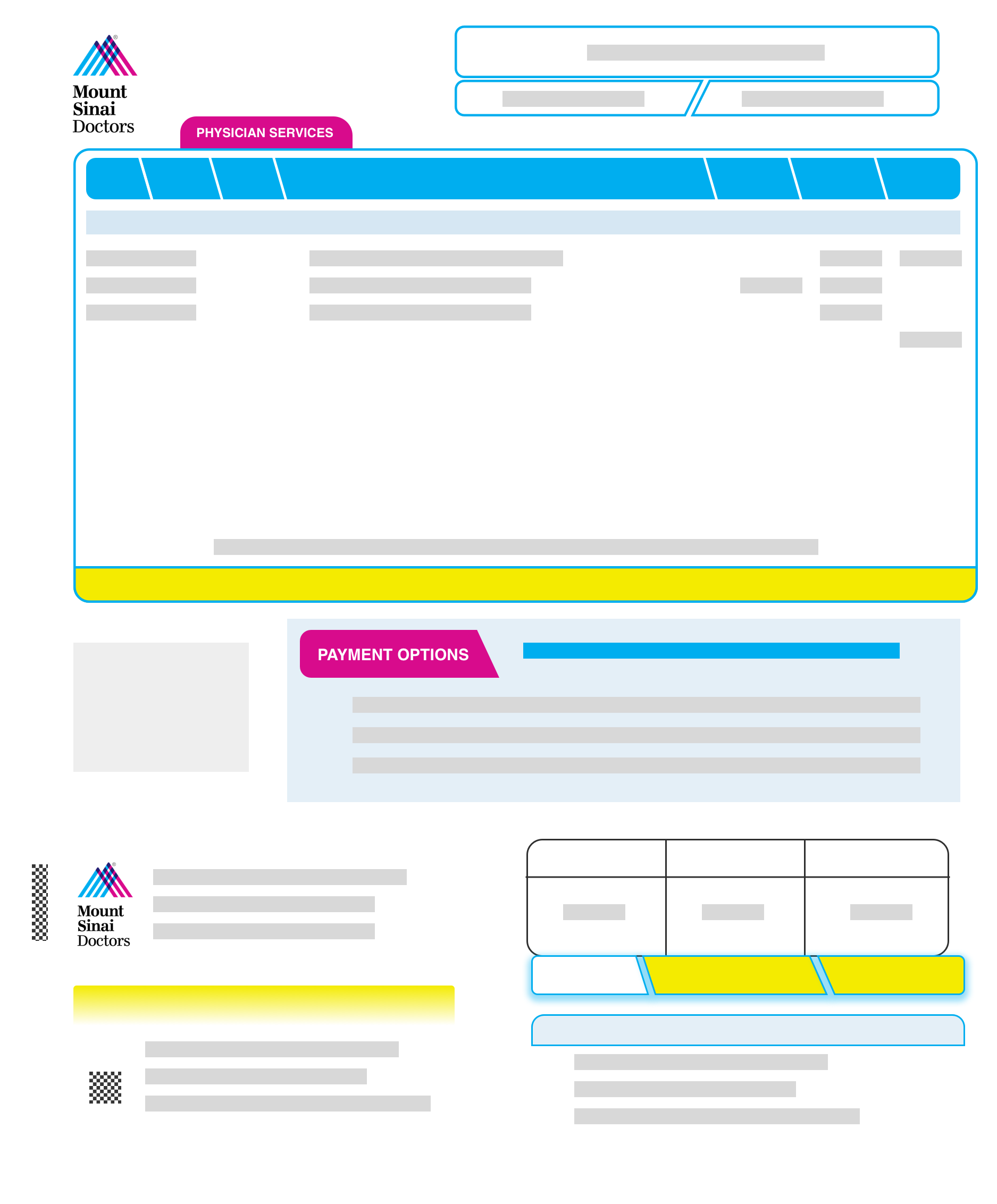
To be eligible for hospice, the patient must have a progressive and life-limiting illness. They must also be accompanied by a physician who can determine a patient’s life expectancy and will work with the hospice team. This physician must also have admitting privileges at an affiliated medical center. If the patient is hospitalized, the hospice team should arrange for coverage. A responsible person must be available to the patient in order to make their decisions.
COPD patients
Although COPD patients do not know when they are ready to enter hospice care, there are a number of signs that they may be eligible for the program. You should look out for signs such as difficulty breathing, frequent hospitalizations for lung infections, low or high blood CO2 levels, and trouble breathing. Patients with COPD are more likely to live for longer periods of time than patients without COPD, which can lead to even greater benefits.
Hospice care can be a relief for COPD sufferers. Patients should be able to stand up and walk comfortably at home. Additionally, patients should not have been admitted to more than one hospital or ED in the past three months. Patients also should not desire to be intubated.

Alzheimer's patients
Many patients with Alzheimer's disease meet the criteria for hospice. The advanced form of Alzheimer's causes progressive declines in cognitive abilities including reasoning, judgment and speech. This advanced form of the disease results in patients with a reduced appetite and an inability to participate in social interaction. Patients also suffer from a decline in their functional status. Some of the other characteristics that make a patient eligible for hospice care include incontinent bowel and bladder function, and significant weight loss.
Alzheimer's patients who are less than six-months old can qualify for hospice eligibility. In addition, patients must have experienced medical complications related to dementia in the past year. The goal of hospice care is to provide the best possible care for patients with Alzheimer's.
UIHC hospice patients
A doctor will review the most recent discharge summary of the patient to determine if the patient meets the criteria for UIHC Hospice Care. To determine eligibility, the doctor will compare the primary and second diagnoses of the patient with the NHPCO worksheets. The doctor also collects patient-specific data, such as laboratory values, vital signs, and imaging studies.
Currently, the UIHC's Mercy Hospice Unit has six beds and accepts patients who have been deemed unfit for general inpatient care. This type of hospice care is focused on the patient’s spiritual, emotional, and physical needs. A Plan of Care is created by the hospice team in collaboration with the patient's physician. It is based on the patient’s symptoms, diagnosis, and needs. Before the patient can be admitted into the hospice program, their physician must approve each treatment option.

Patients with terminal illnesses
Hospice is a type of care that patients who have a limited life expectancy and are not able to receive curative treatments can get. The hospice care goal is to improve patient's quality of life, while avoiding painful or debilitating treatments. Patients who qualify for hospice care must have a diagnosis of a terminal illness and six months or less to live. Some insurance companies even cover hospice care for up to one year. The vast majority of patients do not receive hospice services until their final days and weeks. Getting it early can provide months or even years of quality time for patients.
To qualify for hospice care, patients must have a diagnosis of a terminal illness, such as ALS, congestive heart failure, or kidney failure. Patients must also be diagnosed as having a terminal illness that isn't curable. Patients suffering from these conditions should have severe mental and physical impairments.
FAQ
What about the role of the private sector?
Healthcare delivery is a critical task for the private sector. For example, it provides some of the equipment used in hospitals.
It also pays for some hospital staff. It makes sense for them also to participate in running it.
However, they have limitations.
The government provides free services that private providers can't always match.
They should not try to run the whole thing. This could mean that the system doesn't deliver good value for money.
How can I ensure that my family has access health care of the highest quality?
Most states have a department that provides affordable health care. There are programs that cover low-income families and their children in some states. For more information on these programs, contact the Department of Health of your state.
What is the difference between health policy and public health?
In this context, both terms refer to the decisions made by policymakers or legislators to create policies that affect how we deliver health services. One example is the decision to build an additional hospital. This decision could be made locally or regionally. Similar to the above, local, regional and national officials can decide whether or not to require employers offering health insurance.
Statistics
- Over the first twenty-five years of this transformation, government contributions to healthcare expenditures have dropped from 36% to 15%, with the burden of managing this decrease falling largely on patients. (en.wikipedia.org)
- For instance, Chinese hospital charges tend toward 50% for drugs, another major percentage for equipment, and a small percentage for healthcare professional fees. (en.wikipedia.org)
- The healthcare sector is one of the largest and most complex in the U.S. economy, accounting for 18% of gross domestic product (GDP) in 2020.1 (investopedia.com)
- The health share of the Gross domestic product (GDP) is expected to continue its upward trend, reaching 19.9 percent of GDP by 2025. (en.wikipedia.org)
- Consuming over 10 percent of [3] (en.wikipedia.org)
External Links
How To
What are the Four Health Systems?
The healthcare system is a complex network of organizations such as hospitals, clinics, pharmaceutical companies, insurance providers, government agencies, public health officials, and many others.
This infographic was created to help people understand the US healthcare system.
These are some of the most important points.
-
Healthcare spending is $2 trillion annually, representing 17% of the GDP. This is nearly twice the amount of the entire defense spending budget.
-
Medical inflation reached 6.6% in 2015, which is more than any other consumer group.
-
On average, Americans spend 9% of their income on health costs.
-
As of 2014 there were more than 300,000,000 Americans who weren't insured.
-
The Affordable Care Act (ACA) has been signed into law, but it isn't been fully implemented yet. There are still major gaps in coverage.
-
A majority believe that the ACA must be improved.
-
The United States spends more on healthcare than any other country.
-
The total cost of healthcare would drop by $2.8 trillion annually if every American had affordable access.
-
Medicare, Medicaid, or private insurance cover 56%.
-
There are three main reasons people don't get insurance: not being able or able to pay it ($25 billion), not having the time ($16.4 billion) and not knowing about it ($14.7 trillion).
-
HMO (health management organization) and PPO(preferred provider organisation) are the two types of plans.
-
Private insurance covers the majority of services including doctors, dentists and prescriptions.
-
Public programs provide hospitalization, inpatient surgery, nursing home care, long-term health care, and preventive services.
-
Medicare is a federal program which provides senior citizens with coverage for their health. It pays for hospital stays and skilled nursing facility stays.
-
Medicaid is a program of the federal and state governments that offers financial assistance to low-income people and families who earn too much to be eligible for other benefits.